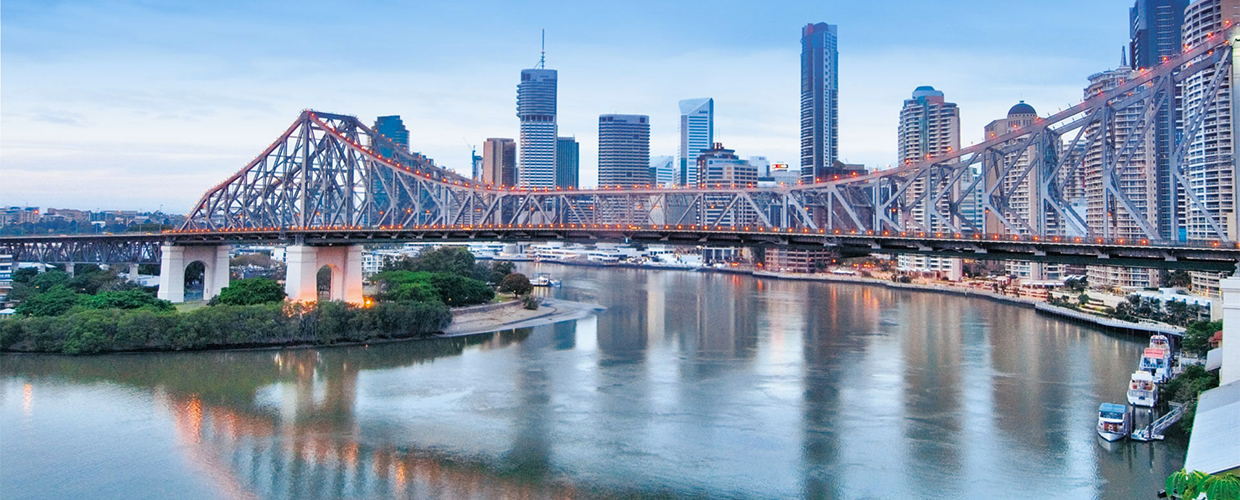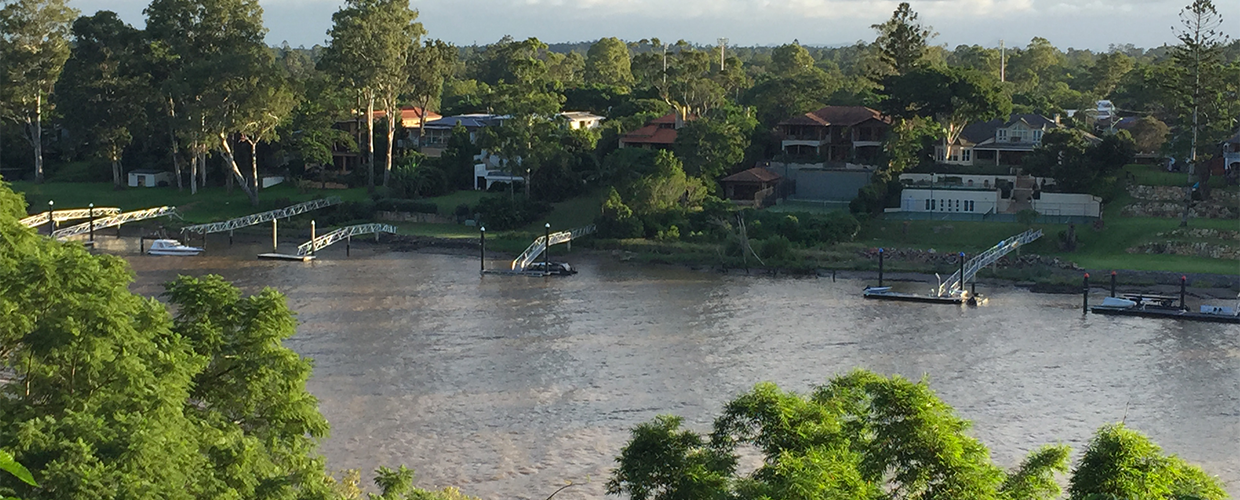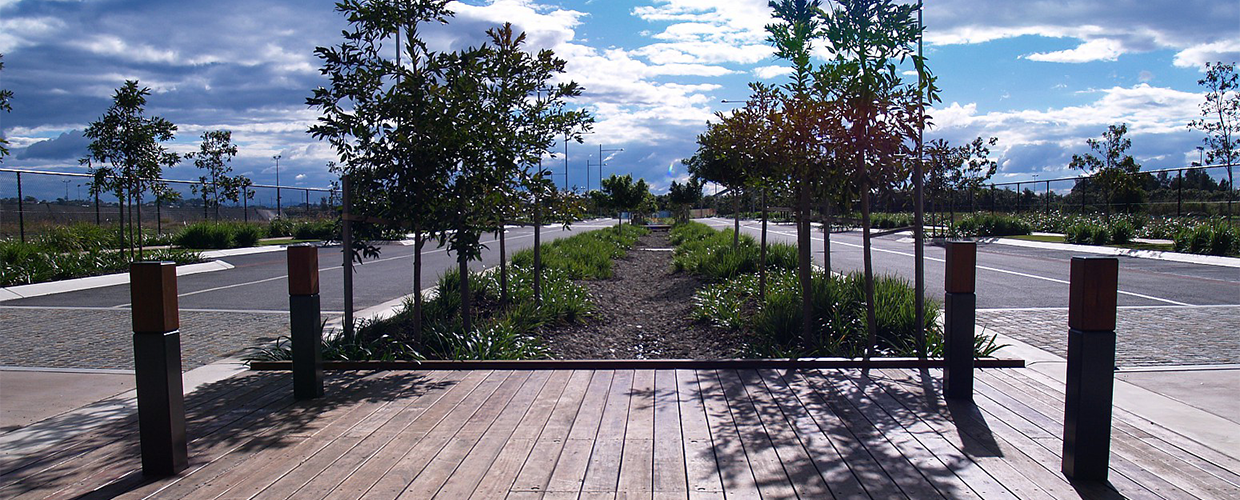Queensland: a water sensitive future
by Nikola Tosic, 3 August 2017

South East Queensland (SEQ) is planning a water sensitive future for the region and its cities. In order to the transition to be successful, it is necessary to develop an implementation plan. This plan aims is to identify a common vision that focuses on the transition pathway and mechanisms the region needs, to become a water sensitive city.
SEQ already has many elements in line with the concept of water sensitive city:
- The region is rich in waterways;
- There is a good understanding of water quality as a good environmental value for the region;
- SEQ has networked water systems;
- There is a solid understanding of the flood risks of the region.

These changes aim to the complete requalification of urban areas which, due to climate changes, are more and more subjected to frequent rainfalls and intense storms.
We can take for example the Municipality of Brisbane that wants to upgrade buildings with:
Green Roofs, a roof of a building that is partially or completely covered with vegetation and a growing medium, planted over a waterproofing membrane. (See Geoplast’s Drainroof)
Green Facades, growing climbing plants up and across the facade of a building. (See Geoplast’s Wall-Y)
Water Squares, large surfaces provided with a rainwater drainage system. (See Geoplast’s Drening and Geoplast’s New Elevetor Tank)
Permeable Roads and Surfaces, which consist of a variety of types of pavement, pavers and other devices that provide stormwater infiltration while serving as a structural surface. (See Geoplast’s Georoad, Geograss, Runfloor, Salvaverde, Geoflor and Geogravel).
Moreover, the Municipality developed an urban requalification plan called Norman Creek Master Plan . This plan is a guide for a long-term investment in order to reshape the cities relationship with water. It shows where to focus and what is possible and establishes:
- The increasing of parklands and waterways;
- The increasing of trees and vegetation to build creek habitats;
- The reduction of the impact of pollution and litter on waterways.

In order to do this, a process of greening, smart building, and urban stormwater harvesting should start. This could help the restoring of the hydrological balance, while respecting the environment and also it could be a flood prevention measure, to facilitate the infiltration of water in the subsoil and refill the aquifers.